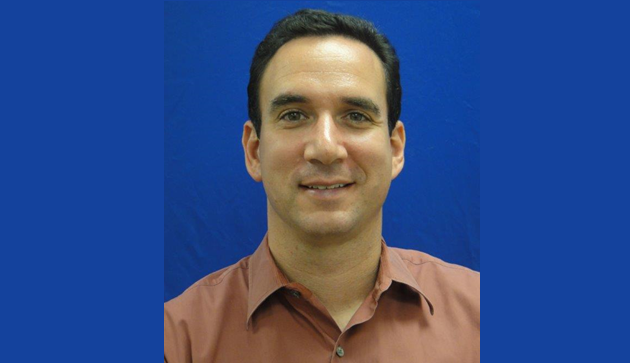Once, as an attending, after the resident and student failed to do the spinal tap, I brought forth the clear silvery fluid with one hand. On a 400 pound patient. Oh, and I was practically blindfolded since my glasses fogged over for the procedure.
During medical school, a brutal call had our team on for 48 hours straight, I pre-rounded on 20 patients before 7am, and diagnosed lead poisoning in a patient that was about to be sent to a nursing home for dementia.
At a recent Grand Rounds, the computer died, and I had to finish the last half of the talk without the crutch of PowerPoint.
(That last one did happen. Scary, but survived. And I now always have my iPad with the slides on standby).
We all have our Big Fish stories, or as we call them now, our Brian Williams’ stories. The fish get bigger on each retelling, and suddenly we are saving lives in the hospital amidst gunfire in a downed helicopter. The myth is fun, the myth can be powerful, but for physicians, for newscasters, for professionals, we survive on truth and honesty.
History is filled with these selective memories and embellishments – no harm, right?
In healthcare, not simply our stories, but the patients’ charts develop their own lives, their own myths. Who hasn’t been in a room where you review the past medical history with a patient, only to realize you are the one with the misinformation?
“So Ms. Smith, I see you have a history of heart attack, rheumatoid arthritis, and lupus.” “What, you don’t have lupus? It says here, and here, that you have SLE, also known as lupus?” “Not true? A sister named Sally?”
Sure enough, lupus suddenly appeared during a 2010 chest pain admission, for no good reason, and is blindly added to the history since.
Copy and paste leads to sloppy and waste or choppy and haste.
When myths are taken as truths, facts turned into fiction, and our own memories lie to us, it’s easy to become a world of doubters.
On my bookshelf I have a book entitled Everyday Life in the 1800s (isn’t this what you read for fun, too?), a reference book for major events throughout that century, describing everything from songs of the era (Pop goes the Weasel popular in 1853), to favorite curse words of the time (you tarnal lickfinger) to clothes (skeleton suits and Zoauve jackets were popular). In the section of health and medical care, there is an in depth discussion of premature burial and the Victorian fear of being buried alive. Great numbers of contraptions were devised for coffins, including the Bateson Life Revival Device. This was the most popular, used throughout London. It consisted of a coffin fitted with an apparatus for the suddenly reawakened to alert those on the surface by a bell. The reference goes into great detail, with advertisement quotes and supporting stories about the device being used by Duke of Wellington.
The problem is the revival device and stories surrounding it are complete fiction. They are taken basically word for word from Michael Crichton’s The Great Train Robbery, one of his earlier works. This story became basis for fact in a peer reviewed journal article and uncovered fully here.
Police line-ups are notoriously unreliable, as eyewitness accounts are filled with selective and false memories. Television shows portray CPR as a largely successful hospital event, and the public arrives in the hospital with the expectation of survival to home after CPR. We know antibiotics don’t work for asymptomatic bacteriuria or bronchitis, yet they are still prescribed. Things We Do For No Reason is a popular series at SHM conferences. Why do these become truths? It doesn’t help that what we think are truths soon enough become refuted. Almost 1/3 of published literature either is refuted or its original claims were exaggerated.
Fiction becomes reality, nonfiction becomes fiction. Our own memories are false.
We need to understand the inherent challenges in memory, the handicapping when we cut corners in our own work, and undertake a constant search for truth.
2015 may become the year of measles. The disease was declared eliminated in the U.S. in 2000, the Americas in 2002, and yet cases are now rising annually. The Anti-vaxxers are out in force and contribute to rise in a preventable disease. I run into family members, friends, and even healthcare workers who challenge vaccines. With the deadly force of measles (over 300 children still die daily around the world from measles)- a disease that could be eradicated- how are people not vaccinated? One of the answers is based on anecdotes or falsehoods. The origin lies in the unproven and debunked link of vaccines to autism.
So who to believe? Believe anything? Anyone?
Like an alcoholic, the best thing to do is at least admit we have a problem.
If we understand our own shortcomings, then perhaps we will take the search for truth seriously. In our patients’ charts, in our patients’ lives, in the medical literature and in our profession.



Very insightful and thought provoking. “Fiction becomes reality, nonfiction becomes fiction (and back to reality again). Our own memories are false.” We rely on memory for so many decisions we make. We should have a ranking system for memories with 10 being an absolute recall and 1 being totally false. The only 10s would be an accident of nature.